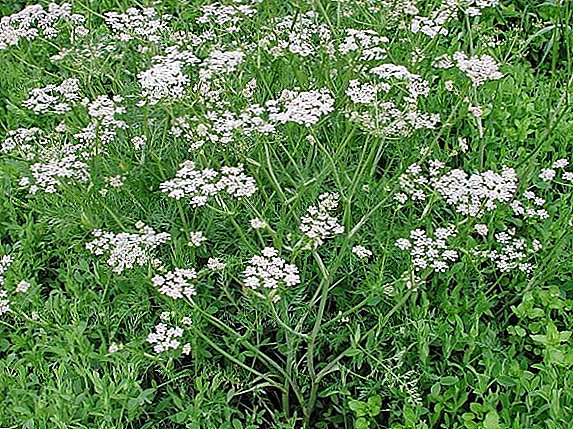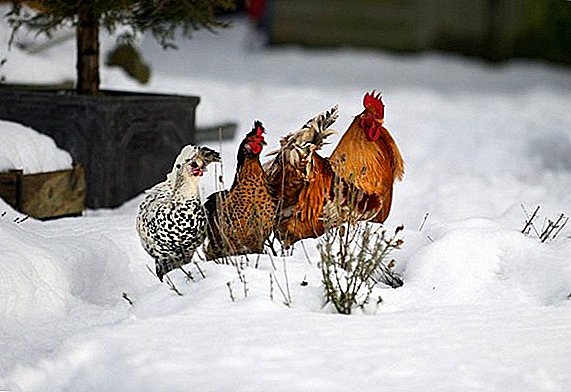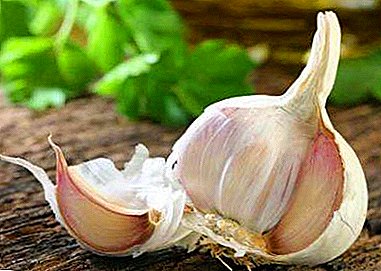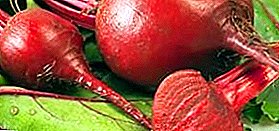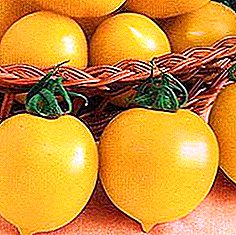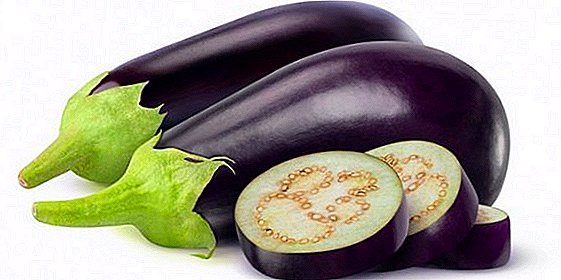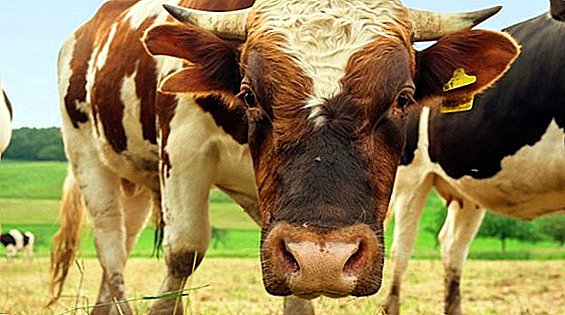 Castration of bulls is often viewed as an element of technology for keeping animals, to improve the qualitative and quantitative indicators of productivity. When resorting to the removal of reproductive organs, it is very important to choose the right method of manipulation, which will depend on many factors. To decide which method will be most appropriate in a particular case, it is necessary to consider each separately, therefore today we will speak about an open, closed and chemical method using various techniques and auxiliary tools.
Castration of bulls is often viewed as an element of technology for keeping animals, to improve the qualitative and quantitative indicators of productivity. When resorting to the removal of reproductive organs, it is very important to choose the right method of manipulation, which will depend on many factors. To decide which method will be most appropriate in a particular case, it is necessary to consider each separately, therefore today we will speak about an open, closed and chemical method using various techniques and auxiliary tools.
Why castrate bulls
Removal of reproductive organs in bulls is necessary for economic purposes, which can be varied and presented in the form of:
- increase bone growth, allowing the animal to gain a large mass;
- changes in the behavioral qualities of bulls - they become calmer;
- easier group keeping of animals, prevention of related matings;
- direct indications for the removal of reproductive organs, in the form of prevention of common diseases - sexual injury, collagenase, hypovitaminosis.
- therapeutic purposes, for the removal of scrotal hernia, injuries of the testes, purulent-necrotic processes, tumors in the scrotum and testes;
- improve the taste of meat and its lack of a specific smell.

At what age is it better to do it
To remove the reproductive glands in bulls, which will be fattened, resorted to at 3 months of age. If an animal is raised for use as labor, then the appropriate age for castration is one and a half to two years.
The recommended period of the procedure is spring or autumn, as in the summer in the heat and in the winter in the cold, rapid healing of wounds is impossible. Operations are carried out exclusively in the morning, in order to observe the state of the animal during the day.
Did you know? Castrated bulls are called oxen. After removal of the reproductive organs, bulls begin to actively grow horns, reaching unexpectedly large sizes.
Preoperative preparation of the animal
Preparing the animal for the manipulation is necessary in several stages. First, general training is carried out, which consists of studying the epizootological state of the economy. Animals to be neutered should be examined for any disease. If castration is planned mass, then selectively in individuals measure the pulse, breathing, conduct thermometry. Animals, for 12 hours, or better than one day, are not allowed to eat, they drink only water, and immediately before the procedure they exclude water consumption.  Before the removal of the reproductive organs, the bulls are given a walk, so that the bowel and bladder are released. Preparation for the procedure also consists of cleaning and general or partial washing of the animal in the perineum and the inside of the thighs, distal extremities. The second stage is called private preparation for castration.
Before the removal of the reproductive organs, the bulls are given a walk, so that the bowel and bladder are released. Preparation for the procedure also consists of cleaning and general or partial washing of the animal in the perineum and the inside of the thighs, distal extremities. The second stage is called private preparation for castration.
To do this, it is necessary to treat the surgical field - remove hair, clean mechanically, degrease, disinfect the surface. Hair removal is best done by shaving off hairs, since this method is more effective - completely remove all hair. To do this, use the usual safety razor with a broken plate. Processing of the animal is carried out when the bull is fixed and immobile.
Important! Before removing the reproductive organs of young bulls, it is not necessary to shave off hair, as it is quite rare.Mechanical cleaning and degreasing are carried out with a napkin, which is moistened with 5% ammonia. Aseptication and tanning of the area for the operation can be carried out with 5% iodine solution, with an interval between treatments of 3 minutes, the treatment is performed twice.

How to castrate bulls
There are several methods of manipulation, which can be bloody and bloodless, as well as using a new method - chemical castration.
Open (bloody) method
After the bull was fixed and prepared, the surgical field, cutting all the layers of the scrotum. Young bulls have a cross-section; adults are subjected to an autopsy of the scrotum from the side or front, along the testis. The testicle is cut along the entire length, revealing the common vaginal membrane. There is an extraction of a seed plant, after that it is necessary to pass to cutting a thickened part of a transitional sheaf and separation of the general vaginal cover from a seed cord.
Important! Use open castration for bulls that are older than 2 years, it is necessary with local anesthesia.
At the thinnest part of the spermatic cord, with a distance of about 10 cm from the testicle, impose a durable silk ligature, followed by tying it with a surgical node. Below the ligature, 2 cm, the spermatic cord is cut with scissors. The stump is smeared with 5% iodine, the wound is treated with antiseptic powder. 
It is possible to castrate with forceps using an emasculator; for this purpose, using a lateral incision in the scrotum, the spermatic cord is removed outside, with further forceps being placed on it and holding them in this position for 5 minutes to prevent bleeding. After manipulation, the testicle is removed from the scrotum.
Closed (bloodless) way
The closed castration method is the most common for young bulls and calves. This method consists in the destruction of the vas deferens, without removing the testicles. The simplest option is to use a rubber band (elastomer) to squeeze the scrotum neck. The main advantage of castration with a rubber ring is painless procedure and the absence of an open wound.
Closed castration can also be carried out by bloodless setting up of bulls due to the subcutaneous crushing of the spermatic cord, for which the Burdizzo forceps are used. This device is superimposed above the testes, squeezed to a characteristic sound and held for half a minute. Thanks to this method of castration, there is a cessation of blood flow to the testes and their gradual atrophy.
Video: bloodless castration
Chemical castration
This method of castration is to use a solution of formalin 5-10% and novocaine 0.5% -2%. The introduction of the solution occurs in an amount of from 5 to 10 ml in each testicle, by injection. At the moment, the method is called ineffective and manipulations must be repeated every 6 months throughout life to block the work of the testes. There are also studies that prove that about 20% of animals undergoing chemical castration continued to produce male hormones.
Find out what kind of animal ox, how to raise a bull for fattening and which is the biggest bull in the world.
Postoperative period
The need for additional care for castrated bulls depends on the method of operation. When using bloodless methods, in particular elastic, inspect the bull after half an hour after the manipulation. At this time, it is considered normal if the temperature of the scrotum has decreased. The testes of the bulls die off completely during the month after the procedure.  If the spermatic cord was crushed through a closed castration method, a hematoma is formed, which can be felt through the skin. Successful castration can be called if the testicles have significantly decreased in size and their density has changed. These indicators should be set one month after the procedure. If no changes have occurred, produce a repeated castration open method.
If the spermatic cord was crushed through a closed castration method, a hematoma is formed, which can be felt through the skin. Successful castration can be called if the testicles have significantly decreased in size and their density has changed. These indicators should be set one month after the procedure. If no changes have occurred, produce a repeated castration open method.
After removal of the testes, the condition of the animal should be monitored more carefully, the bulls should be kept in a dry and clean room, they are inspected daily, wounds are treated. If mucus, bloody or purulent discharge appears on the wound, it is necessary to contact a veterinarian for further treatment.
Did you know? Interestingly, bulls that have been neutered by bloodless methods are better at gaining weight by 20% than individuals that have been subjected to the removal of reproductive organs by other means.
Possible complications
There are many complications that can develop in bulls after castration, the most common include:
- bleeding that is associated with improper ligature or weak over-tension of the cord;
- infectious and inflammatory processes in wounds, due to the use of an open castration method, using non-sterile instruments or poor surface treatment of wounds;
- bruising, redness, swelling, which are necessarily present in bulls about 3 days after the castration.
 Thus, castration of bulls in some cases is necessary, especially in the presence of disease or when raising animals to obtain meat products. Castration can be carried out by several methods, each of them has pros and cons, which must be taken into account in order to avoid the development of possible complications after the manipulation.
Thus, castration of bulls in some cases is necessary, especially in the presence of disease or when raising animals to obtain meat products. Castration can be carried out by several methods, each of them has pros and cons, which must be taken into account in order to avoid the development of possible complications after the manipulation.

